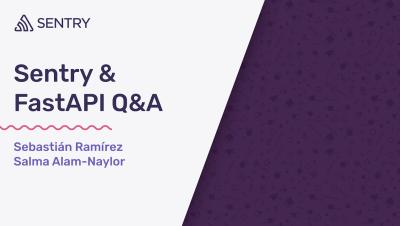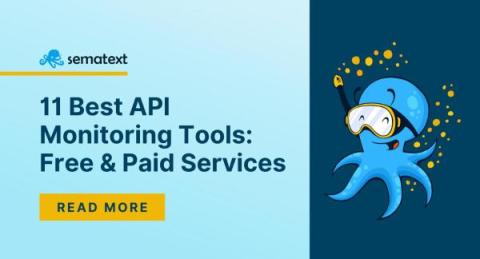What's the difference between API Latency and API Response Time?
Your app’s networking directly affects the user experience of your app. Imagine having to wait a few seconds for the page to load. Or even worse, imagine waiting for a few seconds every time you perform an action. It would be infuriating! Before you go on a fixing adventure, it’s a good idea to understand what causes that waiting time. So let’s do that!











